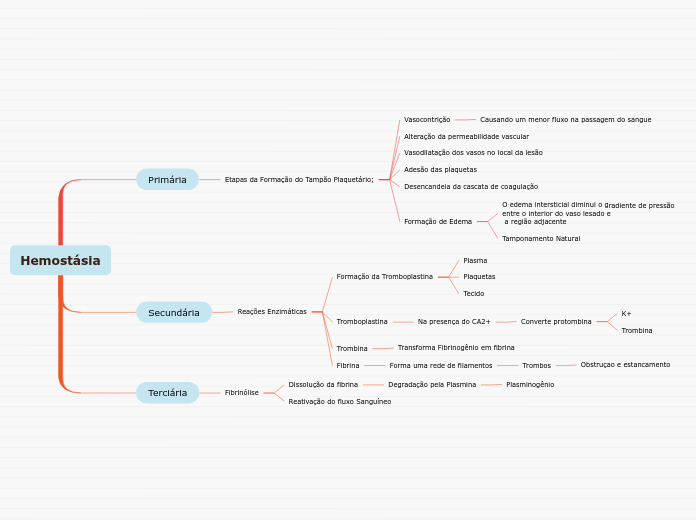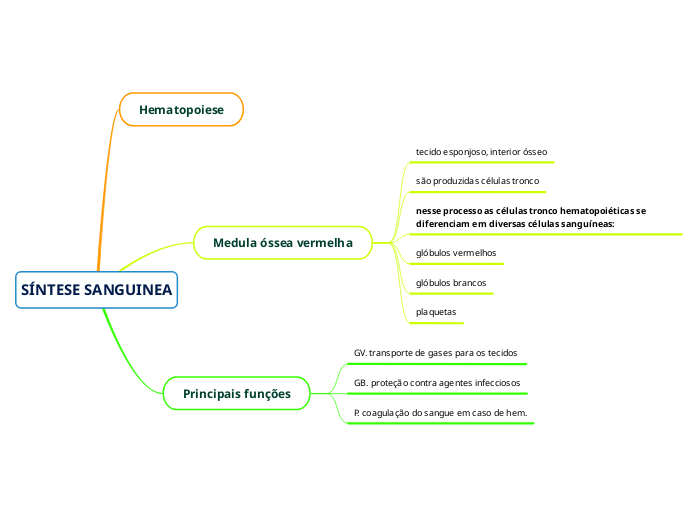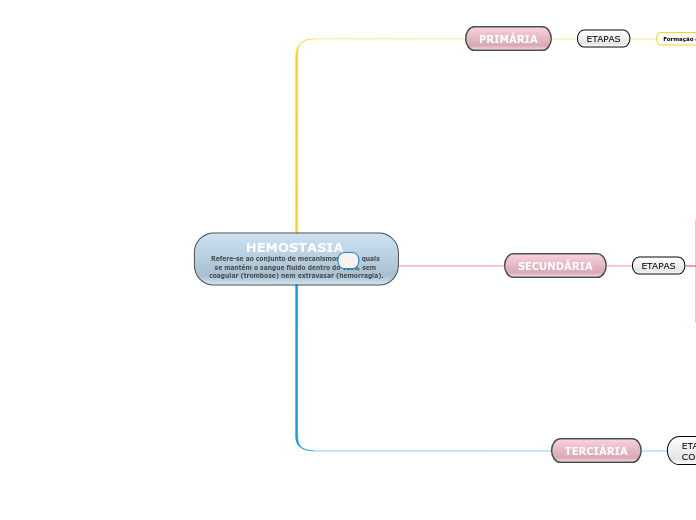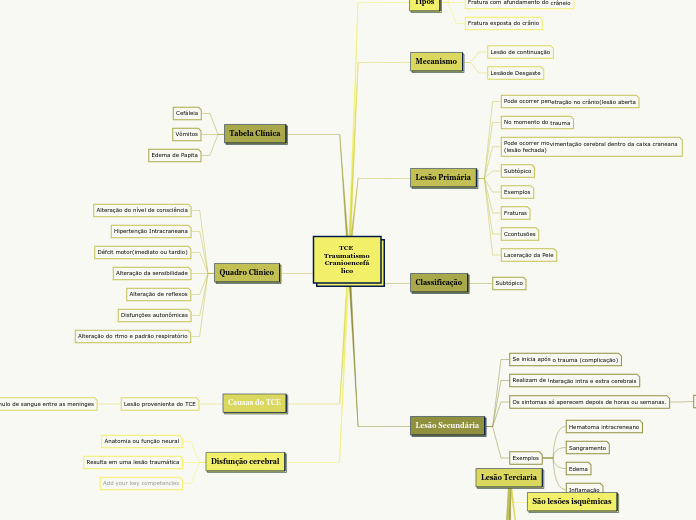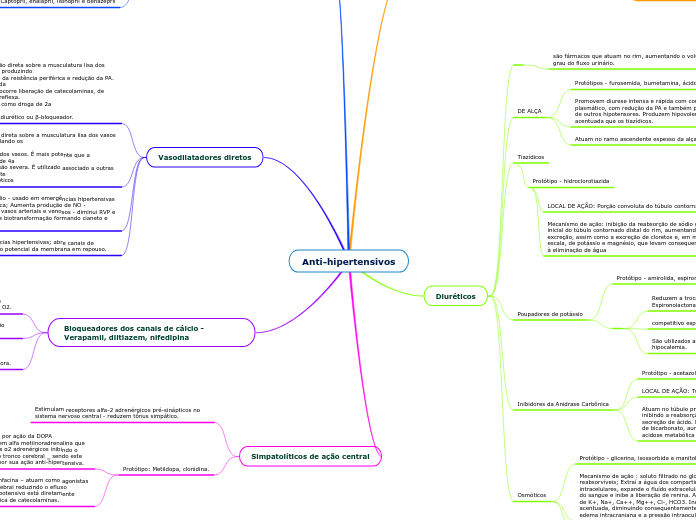Hemostásia
To name your story, you have to think about the overall message and what you want your audience to understand from the story. Also, make it relevant and easy to remember.
Terciária
The ending of a story is essential. We all know that if the ending is weak, what happened before loses its importance. So make it unpredictable, but fair. A resolved ending answers all the questions and ties up any loose threads from the plot.
Fibrinólise
This is the closure section of the story.
See examples of possible outcomes below:
- all problems have been solved
- it's clear how each one of your characters ends up
- your main character is transformed by the challenge
Reativação do fluxo Sanguíneo
Dissolução da fibrina
Try answering these questions to come up with a closure:
- Have all the problems been solved?
- Is there a clear picture of what happens with each character in the story?
- Has the challenge transformed your main character?
- How do the characters feel in the end?
Degradação pela Plasmina
Plasminogênio
Secundária
The middle of the story is where you add layers of complications that will lead to the end. Reveal more about the character's journey. Did their personality go through changes? How did they overcome the challenges? And as you build up the story’s central conflict, make it more personal to that character. Also, from the middle act, you have to lead into the final act.
Reações Enzimáticas
Each story has a main character and that character usually needs to solve a problem or challenge. The character's challenge is the one that creates tension throughout the story.
Fibrina
Forma uma rede de filamentos
Trombos
Obstruçao e estancamento
Your character(s) need(s) motivation in order to solve the challenge(s).
Transforma Fibrinogênio em fibrina
Why does your character need to confront this challenge? What does he/she expect to accomplish by solving it?
See a few examples:
- will marry in 3 days
- can fix the mistakes of the past
Tromboplastina
Type in any other challenges which other characters in the story need to face.
Na presença do CA2+
Converte protombina
Trombina
K+
Formação da Tromboplastina
In most stories, there are 3 challenges. The number 3 is a mystical number symbolizing completeness. Try to come up with interesting challenges with which your character needs to struggle.
See a few examples below:
- turns into a werewolf at night
- is sent back in time
Tecido
Plaquetas
Plasma
Primária
In the beginning of the story (or the exposition), you will need to introduce the setting and characters. You might also want to introduce the main conflict. This part of the story is important because it gives the reader necessary background information and maybe even a first insight into a character’s personality.
Etapas da Formação do Tampão Plaquetário;
The setting (time & place) of a story can change throughout the plot.
Formação de Edema
Tamponamento Natural
O edema intersticial diminui o gradiente de pressão entre o interior do vaso lesado e
a região adjacente
Desencandeia da cascata de coagulação
Adesão das plaquetas
Sensory details include sight, sound, touch, smell, and taste. These details are important because they create depth in your setting.
See a few examples below:
- the smell of fresh bread
- the scent of freshly cut grass
- rain falling onto the windshield etc.
Vasodilatação dos vasos no local da lesão
The weather is an important element in your story because it can highly influence the ambiance and the mood of the characters.
Alteração da permeabilidade vascular
The time of the story can also change. It can describe the event of a single day or can include an entire year's plot. Anyway, don't forget to mention it.
Vasocontrição
Your story can take place wherever your imagination will take you to.
For example: in an elevator, in an enchanted forest, etc. Don't forget to give details of the environment each time the setting changes, otherwise, the story can be confusing. Also, mention the seasons as each of them has unique weather and events.
Causando um menor fluxo na passagem do sangue
